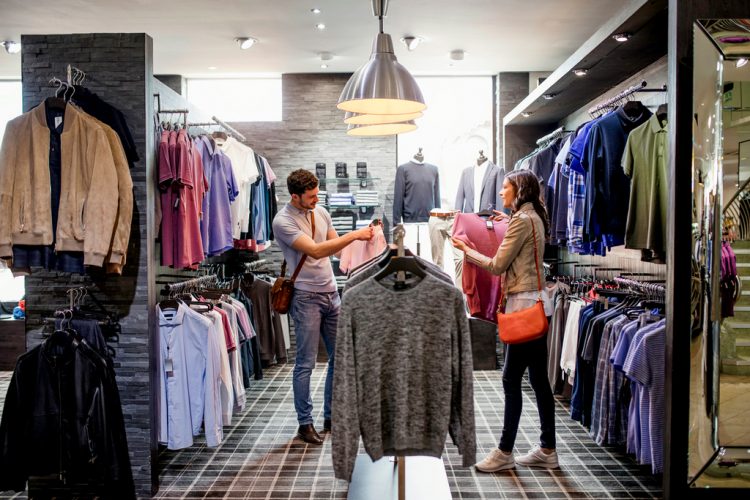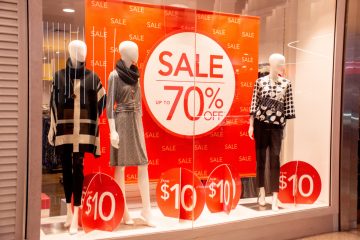Fashion retailers seek flexible inventory management

Some months ago, we published a blogpost about how the crisis was forcing fashion retailers to change the way they think of and manage their inventory. We talked about the gains that can be achieved by using technology to improve procurement, production and distribution based on demand rather than forecasts.
A year on, fashion retailers are seeing customers return to their stores but the uncertainty that has characterized recent trading looks set to remain and so flexibility in management of stores, personnel and stock is going to remain a key requirement in the coming months.
Managing inventory with technological tools designed for omnichannel retail is now a must. It is no longer appropriate to continue with past practices, such as having stock dedicated to the physical channel and another dedicated to the online store or even different collections in each of the channels.
By unifying channel strategies, it is easier for the customer to have a real omnichannel experience but it is necessary to have the correct tools to be able to respond quickly to new needs as they appear.
Faced with an uncertain recovery and after a period of great changes in consumer habits, the strategies of the fashion world have had to adapt rapidly and find new ways of managing their inventory.
Online sales accelerate
To contend with temporary closures and capacity limitations in physical stores, targeting the online channel has been key for large retailers. A channel that until now was secondary, has grown rapidly in importance to rate alongside physical stores.
Inditex has undergone a great transformation of its digital channels and despite having invoiced 28% less, it has seen its online revenue grow by 77%.
Zara, the best-known retail chain in the Inditex group, recently announced an agreement with Veepee, a French online retailer specialized in flash sales, to liquidate stock. This campaign is currently only available in France but it is a change of strategy that speaks for itself.
The H&M Group is immersed in a global reorganization in order to gain efficiency, integrating physical and virtual stores, thus achieving a better omnichannel experience for the user.
These changes are not exclusive to large multinational companies. All clothing retailers now see the importance of integrating their physical and online channels, both to deliver the omnichannel experiences that customers now expect and to optimize the management of their inventory, which is of crucial importance in fashion because retailers are continuously launching new products, styles, and categories to cope with consumers’ ever-changing tastes.
👉🏼Visit our website to find out how the Openbravo Order Management System provides a single, global view of all available inventory, thus allowing fashion retailers to manage, sell and fulfill merchandise intelligently across all in-store and digital touchpoints.



